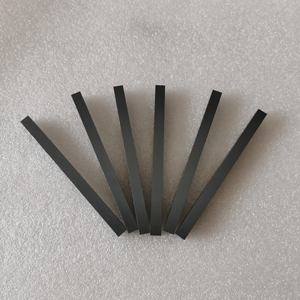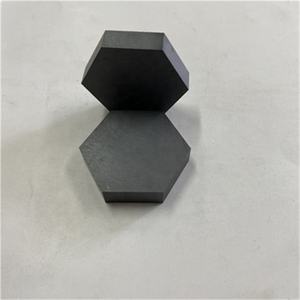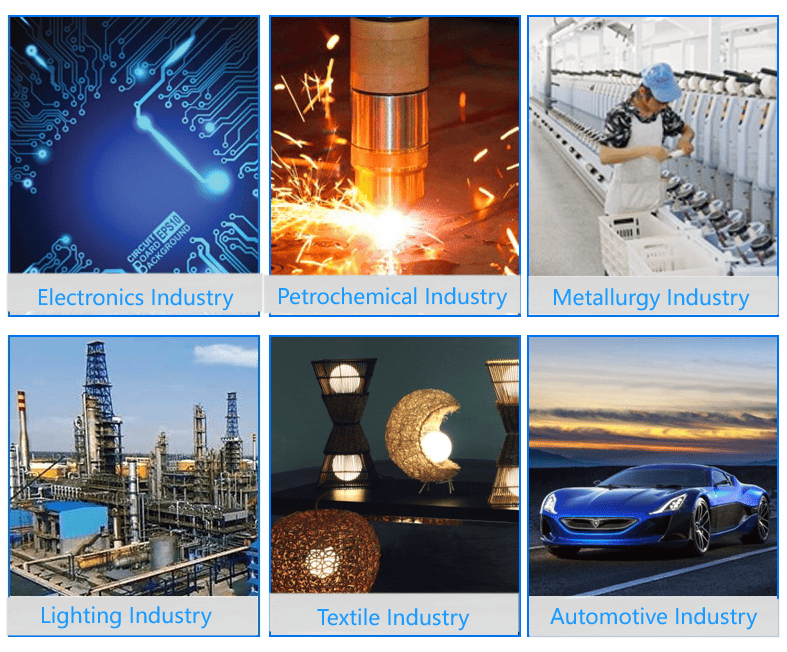Discover Premium Ceramic Products | Durability & Elegance United | Advanced Ceramics
PRODUCT PARAMETERS
Description
Overview of Silicon Carbide Ceramics
Silicon Carbide (SiC) ceramics are renowned for their outstanding mechanical properties, including high hardness, strength at elevated temperatures, and excellent thermal shock resistance. These materials are pivotal in cutting-edge industrial applications, from abrasives to aerospace components, due to their unique combination of properties.
Features of Silicon Carbide Ceramics
High Hardness: Exceptional wear resistance.
Thermal Shock Resistance: Can withstand rapid temperature changes.
Chemical Stability: Resistant to most chemicals.
High Thermal Conductivity: Efficient heat dissipation.
Low Density: Lightweight for its strength.
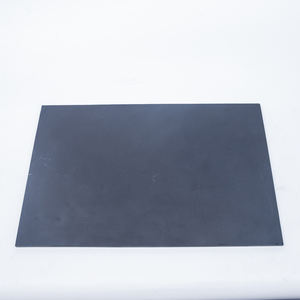
(Square/ Hexagonal Ssic SIC Ceramic Plate Pressure-Less Sintering Silicon Carbide Protection Plate Tiles for 10×12 Inserts)
Specification of Square/ Hexagonal Ssic SIC Ceramic Plate Pressure-Less Sintering Silicon Carbide Protection Plate Tiles for 10×12 Inserts
The Square/Hexagonal SSIC Ceramic Plate is designed for high-performance protection in demanding environments. Made from pressure-less sintered silicon carbide, these plates offer superior durability. The material ensures excellent resistance to extreme temperatures, corrosion, and mechanical wear. These plates are ideal for use with 10×12 inserts in industrial machinery, furnaces, and semiconductor equipment.
The manufacturing process involves pressure-less sintering. This method creates a dense, uniform structure with minimal porosity. The result is a ceramic plate with high thermal conductivity and low thermal expansion. It operates effectively in temperatures up to 1600°C. The material maintains stability under rapid temperature changes. It resists cracking or warping under stress.
Square plates measure 100mm x 100mm x 10mm. Hexagonal plates have a 120mm diagonal length and 10mm thickness. Custom thickness options range from 8mm to 15mm. Both shapes feature a smooth surface finish. This reduces friction and wear during use. The precise dimensions ensure easy integration into existing systems.
Key properties include exceptional hardness, second only to diamond. The plates withstand abrasive environments without degradation. They provide reliable protection in applications involving heavy loads or impact. Chemical resistance makes them suitable for corrosive settings. Acids, alkalis, and molten metals do not damage the material.
These plates are used in furnace linings, heat exchanger components, and protective tiles. Industries like metallurgy, aerospace, and chemical processing benefit from their performance. Semiconductor manufacturers use them for wafer handling. They ensure minimal contamination in cleanroom environments.
The SSIC Ceramic Plate offers long service life. It reduces maintenance costs and downtime. Its lightweight design lowers energy consumption compared to metal alternatives. Custom sizes and shapes are available for specialized requirements. The product is tested for quality and consistency. It meets international standards for industrial ceramics.
High thermal efficiency allows faster heat transfer. This improves process speed in high-temperature operations. The material’s electrical conductivity is adjustable. It can be modified for specific applications. The plates are compatible with various mounting systems. Installation is straightforward.
This product is a cost-effective solution for extreme conditions. It outperforms traditional materials like alumina or zirconia. Reliability and versatility make it a preferred choice for engineers. Performance is consistent across batch productions. Technical support is available for custom projects.
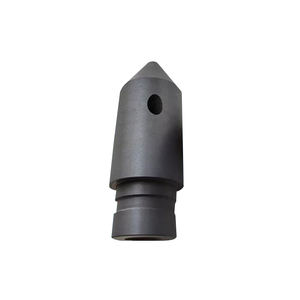
(Square/ Hexagonal Ssic SIC Ceramic Plate Pressure-Less Sintering Silicon Carbide Protection Plate Tiles for 10×12 Inserts)
Applications of Square/ Hexagonal Ssic SIC Ceramic Plate Pressure-Less Sintering Silicon Carbide Protection Plate Tiles for 10×12 Inserts
Square and hexagonal SSiC ceramic plates made through pressure-less sintering are used in many industries. These plates serve as protection tiles for 10×12 inserts. They handle extreme conditions. This makes them reliable for high-stress applications. The material is silicon carbide (SiC). It offers strong mechanical properties. These include high hardness, wear resistance, and thermal stability. The pressure-less sintering process ensures dense, uniform structures. This improves durability and performance.
These ceramic plates work in harsh environments. They are used in aerospace for thermal protection systems. They shield components from high temperatures and abrasion. In automotive systems, they protect engine parts and braking systems. Their heat resistance reduces wear in high-friction areas. Energy sectors use them in turbines and reactors. They withstand corrosive chemicals and extreme heat. This extends equipment lifespan.
The hexagonal and square shapes fit tightly. This creates seamless coverage for 10×12 inserts. The design minimizes gaps between tiles. It improves overall protection. These plates are lightweight but strong. They replace heavier metal parts. This saves energy and costs in machinery.
Electronics manufacturing uses these plates as insulation layers. They prevent heat damage to sensitive components. Their electrical insulation properties add value. Industrial machinery uses them for wear-resistant linings. They reduce downtime in abrasive processes.
Custom sizes and shapes are available. This allows precise fitting for specific needs. The plates resist oxidation and chemical erosion. They perform well in acidic or alkaline settings. Their low thermal expansion prevents cracking under temperature changes.
Cost-effectiveness is a key advantage. Pressure-less sintering cuts production expenses. It avoids costly high-pressure equipment. The process also ensures consistent quality. This makes the plates affordable for large-scale projects.
These ceramic plates are eco-friendly. They last longer than traditional materials. This reduces waste and maintenance. Industries aiming for sustainability prefer them.
The tiles are easy to install. They integrate into existing systems without major changes. This saves time during upgrades or repairs. Their compatibility with metal and composite materials adds flexibility.
Research continues to improve these plates. New methods aim to boost their toughness and thermal limits. This will expand their use in cutting-edge technologies. Current applications already prove their value across fields.
Company Introduction
Advanced Ceramics founded on October 17, 2014, is a high-tech enterprise committed to the research and development, production, processing, sales and technical services of ceramic relative materials and products.. Since its establishment in 2014, the company has been committed to providing customers with the best products and services, and has become a leader in the industry through continuous technological innovation and strict quality management.
Our products includes but not limited to Silicon carbide ceramic products, Boron Carbide Ceramic Products, Boron Nitride Ceramic Products, Silicon Carbide Ceramic Products, Silicon Nitride Ceramic Products, Zirconium Dioxide Ceramic Products, Quartz Products, etc. Please feel free to contact us.(nanotrun@yahoo.com)
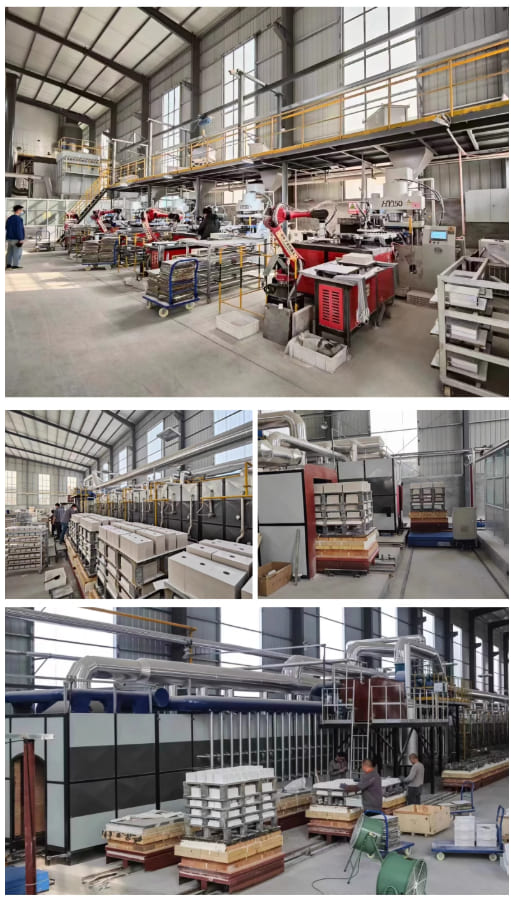
Payment Methods
T/T, Western Union, Paypal, Credit Card etc.
Shipment Methods
By air, by sea, by express, as customers request.
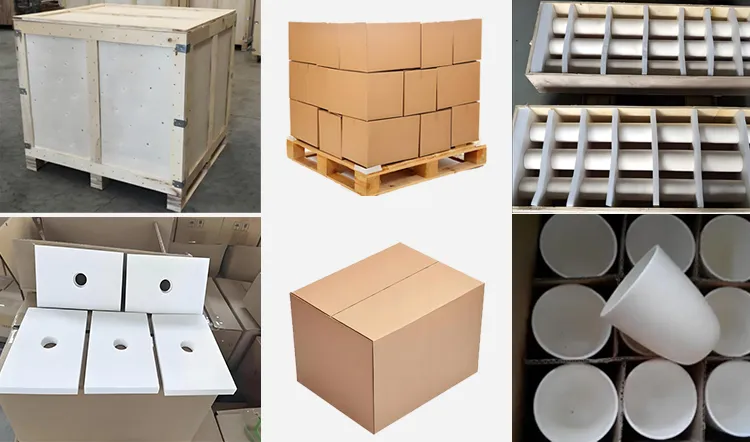
5 FAQs of Square/ Hexagonal Ssic SIC Ceramic Plate Pressure-Less Sintering Silicon Carbide Protection Plate Tiles for 10×12 Inserts
1. What are square/hexagonal SSiC SIC ceramic plates made for? These plates protect 10×12 inserts in high-heat or high-wear setups. They use pressure-less sintering to form dense silicon carbide. This process boosts strength and heat resistance. The hexagonal or square shapes fit tight spaces better. They shield inserts from damage in tough industrial jobs.
2. Why pick these plates over regular metal plates? Silicon carbide handles higher temperatures without warping. It resists wear better than steel or aluminum. The material doesn’t react with chemicals. This cuts downtime for replacements. The plates last longer under stress. They’re lighter too, easing setup in machinery.
3. Where are these plates typically used? They’re common in furnaces, kilns, or heavy machinery needing heat shields. Semiconductor tools use them to guard sensitive parts. Metal processing lines apply them to protect inserts from sparks or debris. Any place needing heat over 1000°C benefits from these tiles.
4. How do you handle these ceramic plates during installation? Avoid dropping or hitting them. Silicon carbide is hard but brittle. Use soft tools or gloves to prevent cracks. Align the tiles snugly around inserts. Check gaps stay under 0.5mm. Secure them with clamps or bolts made for high temps. Follow the maker’s torque specs.
5. Can these plates be customized for specific needs? Yes. Sizes and thicknesses adjust to fit different insert layouts. Hexagonal tiles suit curved surfaces. Square ones work for straight edges. Holes or slots can be added for bolts or sensors. Custom shapes take longer to produce. Share your design early for feasibility checks.
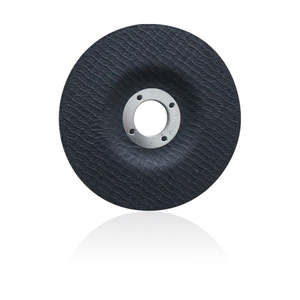
(Square/ Hexagonal Ssic SIC Ceramic Plate Pressure-Less Sintering Silicon Carbide Protection Plate Tiles for 10×12 Inserts)
REQUEST A QUOTE
RELATED PRODUCTS
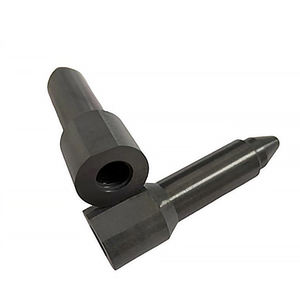
Competitive Made in China Sic Roller Reaction Sintered Silicon Carbide Ceramic Pipe

Ceramic Zirconia Silicon Carbide Unmounted Flap Disc Wheel 25mm Medium Stainless Steel Metal Resin OEM Customizable Grinding
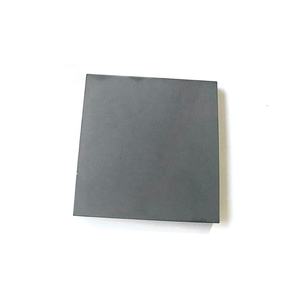
SIC/Silicon Carbide Ceramic Foam Filter for Non-ferro Alloy Molten Metal Filtration
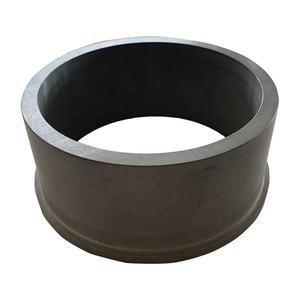
Silicon Carbide Honeycomb Ceramics

125 White Steel Jade Green Silicon Carbide Table Grinding Wheel 150 Household Grinding Polishing Vitrified Ceramic
